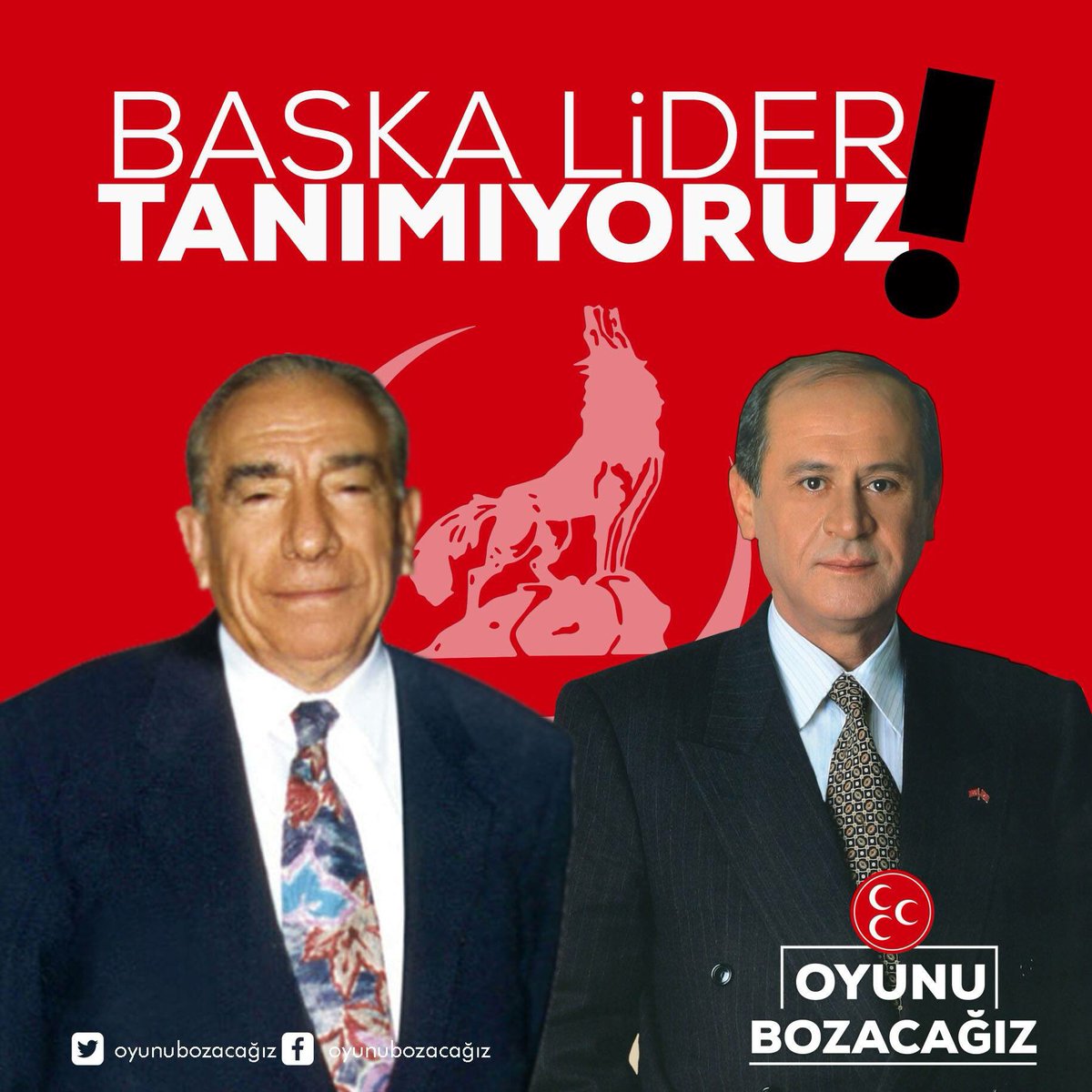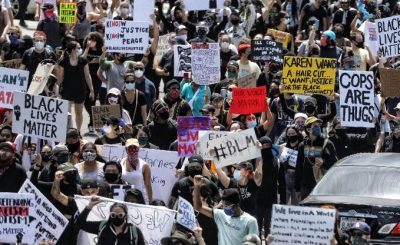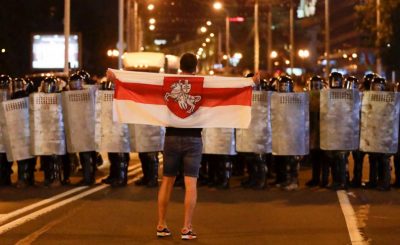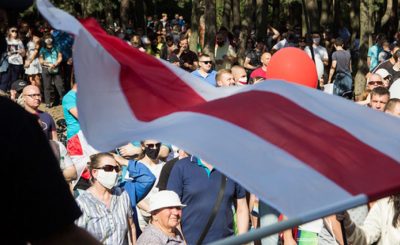Translation from the weekly magazine Bağımsızlık ve Demokrasi Yolunda Kurtuluş / Liberation on the road to independence and democracy, issue 24, April 2, 1999.
From the series: THE SYSTEM PARTIES
from left to right
from programme to leaders
from promises to truth
from yesterday till now
Milliyetçi Hareket Partisi – Party of the Nationalist Movement
The MHP is a party which name on the political stage is celebrated and honoured with blood. Contrary to the other political parties, it possesses its own organisation with a military character. For years now, the fascist party carries its “nationalist” image in its name. However, it can be asserted that there is no other party in Turkey which is so bound to an “external force” like the MHP because the MHP was set up by these “external forces” themselves. The first steps in the direction of organising the civic-fascist movement were set during the 2. Partition War(World War II).
The ambassador in Ankara of German fascism, Von Papen who was appointed in 1939, founded a fascist organisation consisting of the former supporters of the Unity and Progress Party and the supporters of Turanism(Pan-Turkism), called the “Revolution Units”. In those years, Nazi-Germany channelled a lot of money to Turkey for the fascist organisation. In time, fascist magazine like Bozkurt, Cinaralti, Ergenekon, Gokboru and Orhun were being published. T
he “National” fascists started their nationalist propaganda with Nazi money. In 1943, after occurring problems in the Front, German fascism set the fascist cadres into motion in order to take over power in Turkey. The officers, members of this “Revolution Unit”, and among them Alparslan Turkes, attempted a coup which failed however. In the beginning of Spring 1944, there was another coup attempt, led by Turkes. This one also failed and the so-called “Revolution Units”, the fascist organisation within the army, were dissolved. Between 1945 and 1955, the civic fascist had little influence because there was no aid from abroad. During this phase they rather continued within the “right” parties.
THE SECOND PERIOD OF THE FASCIST MOVEMENT AND THE FASCIST PARTY
During the second period of the civic-fascist movement, there is a growing momentum, parallel to the neo-colonialisation of Turkey. This regime, later described by Mahir Cayan as fascism of the colonial type, was formed – contrary to fascism in Germany and Italy, from the top to bottom by means of state institutions. In fact fascism was based on the state, but of course it tried to create a mass basis of its own in several ways. The mission of the civic-fascist movement in the new colonies was thus determined. Its task was to create a mass basis for fascism. During this new phase US-imperialism was more or less the protector of the fascist regimes and the civic-fascist movement. Leading cadres went to the USA where they were trained as contra-guerrillas. Among them was Turkes who went to the USA in 1948.
After he received a contra-guerrilla training in the “American Operation Academy” and in the “Infantry School” till 1955, he returned to Turkey in 1959. In the 50’s, the civic fascist, openly supported and directed by the USA, founded “Associations to combat communism” in numerous cities. The total sum for the civic-fascist movement, coming from the USA, was more than 150 million dollars. In 1960, the two racist and fascist parties, the Peasants Party of Turkey and the Republican Nations Party came together and founded the Republican Peasants Nation Party.
FROM REGIMENT COMMANDER OF MAY 27 TO SUPREME COMMANDER
The civic fascist cadres, led by Turkes, also participated in the coup of May 27, 1960, carried out by the Kemalists within the army and directed against the union with US-imperialism and the oppression policy of the Menderes government. The fascists joined with the aim of taking over power. But this fascist group was liquidated after the coup. The missing of Turkes, sent as ambassador to New Delhi, led to a phase of splits within the civic-fascist movement.
Turkes, returning to Turkey in 1963, tried to gather the civic-fascist movement by founding the Association of Order and Progress in Turkey. In 1964, Terkes joined the CKMP (Republican Peasants Nations Party). At the congress in 1965, he was – with support of the Associations to combat communism – elected as CKMP-chairman.
After 1965, the civic fascists began to organise as a militia force. In 1967 and 1968, they started to teach killing, battle and war techniques in the bootcamps which were opened by the CKMP and led by former fascist MBK(Committee for National Unity; the name of the military junta,which came to powe rafter the May 27, 1960 coup)-officers. In 1969, together with the congress in Adana, the name of the party was changed in Nationalist Movement Party and the party began to celebrate Turkes as the “supreme commander”. As a consequence of this change, the association called “Vivid Development in National Activity”, founded by cadres who wanted to hold on to the Shaman traditions and who split from the MHP, was attacked by Turkes’ paratroopers on April 13, 1969. Opposition segments were removed from the party after the murder of Ali Balsevem, belonging to the Shamanist wing, in Ankara in 1973.
THE GROWING PHASE OF THE FASCIST PARTY
While the civic-fascist movement developed organisations based on violence till the time of the fascist junta of March 12, it institutionalised itself within the state at the same time. The junta of March 12 never touched the fascists of course. In the mid-seventies, the number of Idealists Associations reached 600. There were organisations like the Ulku Ocaklari (Idealists Associations), the Association of idealistically minded workers, the Association of idealistically minded peasants and the Coalition of idealistically minded policemen. In the elections between 1963 and 1973, the MHP got 2-3% of the votes.
The most favourable time for the civic fascists for forming cadres and for organising were the 1st. and 2nd. government periods of the “MC” (Nationalist Front). During the phase of the 1st. MC-government, the MHP formed its cadres within the education institutions, the police apparatus, and in the department for customs and monopolies. Making use of these opportunities, the cadres were being armed. The time of the 1st. MC-government ended in 1977 and there were new elections. The fascist party showed in these elections that it had made good use of the MC period. The MHP reached 6.4% of the votes in the 1977 elections and won 16 representatives. After the elections the AP, MHP and MSP formed the 2nd. MC-government.
The MHP also constituted the hitting force in the war against the people. But the people’s opposition could not be stopped by the fascist attacks, on the contrary, it gained revolutionary contents. In this situation, the collaborating monopoly bourgeoisie withdrew its support for the MC-government and put the CHP in power. During the period of the CHP-government, the fascists stepped up their attacks to intimidate the people in a massive dimension. In the massacres of May Day 1977, in the provocations in Malatya, Sivas and Corum, and in the massacres in the University of Istanbul in 1978, in Maras on December 24, 1978, in Bahcelievler and Piyangotepe, every time the member of the fascist party played a decisive role. The police, the fascists and the contra organisations co-operated with each other. Abdullah Catli, M. Ali Agca, Veli Can Oduncu, Ferhat Tuysuz, Cengiz Ayhan and Orla Celik are some of the murderers who showed up during that time.
THE FASCIST PARTY BECOMES THE VICTIM OF THE IMPARTIALITY POLICY OF THE
JUNTA!
The cadres of the MHP, expecting support from the pro-American fascist September 12 junta as they had received from the March 12 junta, and even thinking of a common leadership, got confused as there were also arrests among the fascist ranks when the September 12 junta came to power. The fascist junta tried to create an image of impartiality and the complete leadership of the MHP was immediately arrested. However, the attitude of the junta towards the supporters of the MHP was “double-sided”. While on the one hand several fascist leaders and murderers were arrested, that’s true, the cadres of the same movement were “secretly” used in contra-guerrilla operations on the other and they were often given important bureaucratic tasks.
People like Catli and Oral Celik received their orders from the junta personally. One of the fascist murderers and candidate chairman of the MHP, Ibrahim Ciftci, stated they had offered to release him from jail under the condition of participating in operations. The cadres of the MHP expressed this situation during the trials of September 12 as follows: “We are a political movement whose cadres are in jail but whose views are in power”. The development of the cadres continued in the period of the post-junta governments. While the cadre development continued within the state on the one hand, most known leaders of the civic fascists, like for example Ayvaz Goekdemir, Agah Oktay Guener, Yasar Okuyan, Esat Butun and N. Kemal Zeybek joined other parties.
THE TIME AFTER THE JUNTA AND THE SPLIT
As part of the manoeuvres to give the junta a civilian face, it was allowed to form parties and the MHP reorganised itself under the name of Nationalist Labour Party (MCP). However, most cadres had left. The civic fascists, put on hold by imperialism and the oligarchy, continued their organising efforts till 1987-1988 with the magazine “Bizim Ocak”. They also held on to their organisations because they would be “useful one day”.
Between 1988 and 1989, the civic fascists were more and more used against the people and its developing struggle. During this phase, in which the national war in Kurdistan developed, the fascists saw it as their principle task to increase chauvinism. The fascist party could mostly be seen at games of the national football team, at funerals of policemen and soldiers, and at executions. Despite full support and the propaganda of “the MHP has changed”, the MHP was unable to take the election hurdle. In the elections of 1991, the put 20 representatives on the list of the Refah Party as candidates. From the time the Special Units were set up, the civic fascists were represented.
When the proposal of MHP participation came on the agenda, the existing contradictions within the civic-fascist movement became apparent and there was a split. The group led by Muhsin Yazicioglu got in conflict with the “supreme commander” and rejected participation in the Special Units. Basically Muhsin Yazicioglu tried to free himself from his responsibility for the bloody past and his image. Using this and similar pretexts, he and his team – among them Okkes Sendiller and others who were highly responsible for the massacre in Maras – split from the MCP and founded, according to the old mission of being a reserve force for the state in case it needs support, the Buyuk Birlik Partisi (Great Unity Party).
THE OPERATION TO CLEAN UP THE IMAGE OF THE BLOODY PAST
The group which was at the side of Turkes let go of the name MCP after the change of the constitution and took the old name of MHP again. The fascist movement, used to increase chauvinist feelings during football games, funerals of policemen and soldiers, had in reality no political programme to approach the people with. That’s why slogans like “the MHP has changed” and “the liberal centre has turned to the right” were put forward to “clean up the image”, that is to say making forget the bloody past, at that time while at the other hand events like the conflicts between Azerbaijan and Armenia and between Bosnia-Herzegovina and Serbia became part of the own propaganda. The hanging moustaches were shaven and in stead the fascist appeared in suit and tie. It even went as far as Turkes reading poems of Nazim Hikmet! But all these efforts were not sufficient to make forget the bloody past of the MHP. The MHP stayed outside of parliament after the 1995 elections because it could not overcome the 10% hurdle. After the death of Alparslan Tuerkes, key figure within the fascist movement during the entire period, the fight for the leading post became even more fierce and in the end there were new splits. The son of Turkes, Tugrul Turkes, split from the MHP and founded the Aydinlik Turkiye Partisi (ATP)
THE FASCIST PARTIES ARE THE ENEMIES OF THE PEOPLE
As was said in the beginning, the fascist parties claim to stand up for Turkish nationalism. In truth, they are the advocates of racism. The nationalist slogans are pure demagogy. Because the founders, the leaders and those who determine the policies of these parties are the imperialists. They are directly depending on the interventions of the CIA. They played the major role in the massacres before the 80’s, as well as in the massacres in Kurdistan. And exactly this is their mission, their task. Tuerkes, who during a phase when an image change was needed, stated that “the Kurd is my brother”, shortly after showed his real face when he clearly rejected the statement that Turkey is a mosaic where different peoples are living.
The appearance, all the talk about “brotherhood”, it’s all fake. Susurluk one again made public how far the contacts of these bloody fascist parties go. The civic-fascist organisations in deed possess a broad network of dirty deals. In a way their existence is based on it. This way they create financial sources and they can realise their contra-revolutionary activities. They tried to appear civilised in front of the public but in reality they participate in all the attacks against the people, they are part in all kinds of dirty deals, in drug smuggling, extortion, gambling and the trade of women. To organise themselves they use institutions like the Ulkue Ocaclari and the Birlik Vakfi (Unity Foundation). But most use is made of the state institutions.
They have taken their positions in state firms like BOTAS, TEDAS, TCCD, ODUES-THA, CITOSAN, ET BALIK KURUMU, and in institutions like the state presidency, the department for energy, and the department for education. And many of them have their place in the army, in the police forces, and in the Special Units. The basis for their organising, especially in Kurdistan, are the army, the Special Units, and the village guard tribes. All the fascist parties, whatever their nationality, whether they are Turkish, Kurdish, Laz, Cherkessian, Georgian, Arab or Bosnian, whatever their religion or creed, whether they are Alevi, Sunni, Shia or Christian, they are the enemies of the Anatolian peoples. During their entire history they have tried to sow animosity between the peoples, carrying out provocations to achieve this.
Every action which searches for the rights of the workers, the civil servants, the people from the slums, and the peasants is attacked by the fascists, using choppers, knives, bombs and guns. Giving these racist, fascist parties a vote means being against the people. Giving these racist, fascist parties a vote means approving the massacres in Maras, in Corum, Sivas, Bahcelievler, and the one of March 16.
The tasks is to warn the entire people, to warn all, not to fall for the “civilised” appearance of the MHP.




